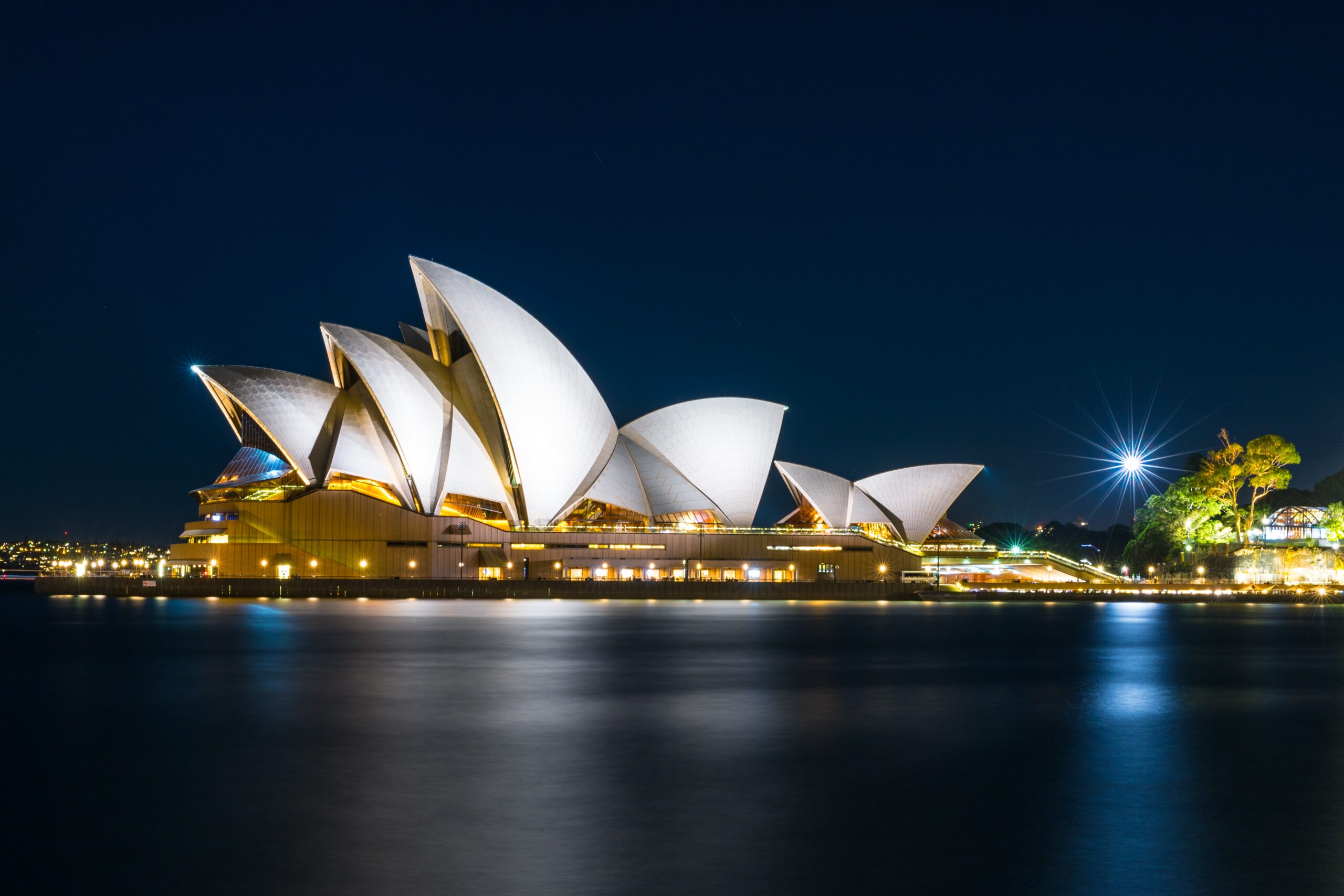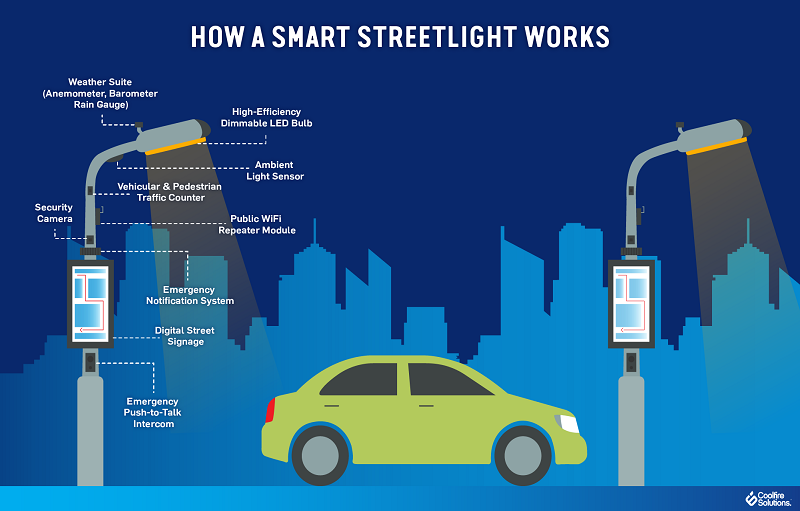What makes a good city? Well-connected? Good services? Sociable? Green? A word that seems to sit on top of all of these words, however, is safe. A safe city is the bedrock of a great city. Residents only begin to consider other needs within a city once their basic need is taken care of – safety.
It’s no surprise, then, that placemakers, city planners, BID managers, and more are constantly seeking new and innovative ways to keep residents and visitors safe wherever they may be in a city- whatever time at night. A few weeks ago, for instance, Loqiva was at the BID Foundation Network, where Bradford BID told us about their recent adoption of WalkSafe, a brilliant free phone app that gives users the power to be in control of their own safety, giving them the ability to pick safer routes home, as well as sharing said routes with family and friends.
At night, lighting is a crucial component for maintaining safety in our cities. Lighting also enhances accessibility and gives locations a unique sense of character and awe. Given, then, the importance of lighting for safety and character, it’s not surprising that many cities and towns are beginning to adopt smart lighting systems.

To put it simply, smart lighting is intelligent lighting—lighting that is conscious of the environment that surrounds it. In practice, however, smart street lights work through a vast network of wireless nodes, which then connect to individual street lamps. This network is often controlled by a city and/or central management application that can automate these lights based on factors such as environment, time, or a specific event or celebration. For example, smart streetlights may be programmed to increase their brightness if they detect a pedestrian walking late at night, ensuring they feel safe and are able to identify any oncoming hazards.
Smart streetlights may also be able to function as: footfall counters, emergency intercoms, or even beam street signs onto the pavement or surrounding area. Smart streetlights could be used, for example, to coordinate night-time fun runs, making night-time exercise more gender inclusive. The possibilities are endless – the point is the technology is versatile.

(Image from Lincoln Institute of Land Policy)
In addition to improving safety, smart streetlights also help reduce energy costs. For example, in 2021, Essex County Council replaced 82,000 of their streetlights with smart alternatives, reducing energy costs by up to 60%. They also offer lower repair and maintenance costs. Inbuilt monitoring equipment such as accelerometers are able to detect tilts or collisions with the lights, alerting maintenance teams and avoiding the potential for further damage. Finally, many smart streetlights also come with digital displays installed, offering another revenue opportunity for placemakers in the form of advertising.
The sizable investment associated with smart lighting means it will be a while before this technology is commonplace in our local areas. But it is inspiring, nevertheless, to see how city-technology is being developed to work for us and make our cities better places to be.
Ultimately, we believe a truly smart city is one that leverages digital infrastructure to improve the welfare of its citizens. And we’d like to think we’ve made a good start on that. Loqiva’s community technology is designed for the community, to serve the community and in turn making our local areas safer, happier, and smarter.